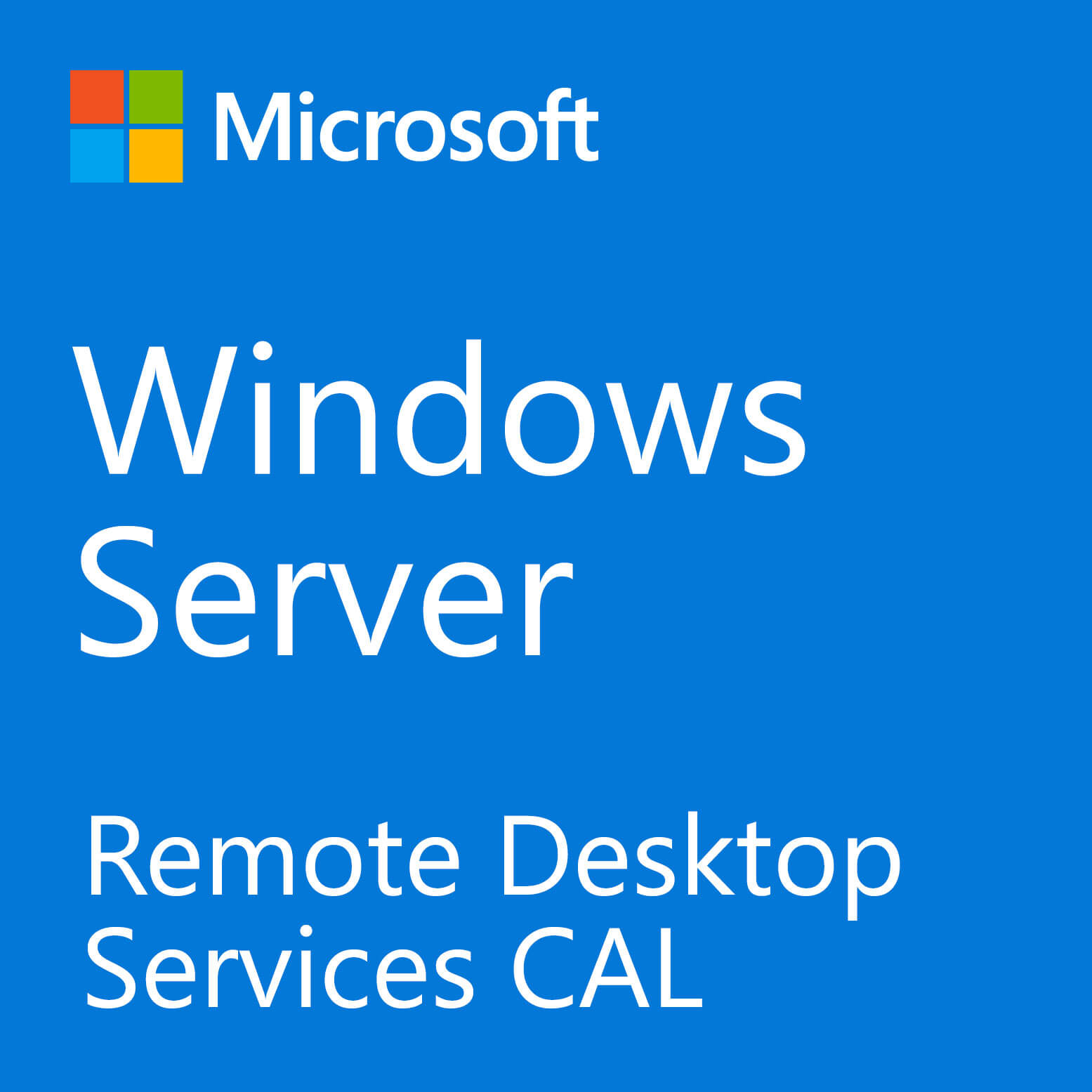

- Windows server 2016 remote desktop services quick start install#
- Windows server 2016 remote desktop services quick start manual#
- Windows server 2016 remote desktop services quick start full#
- Windows server 2016 remote desktop services quick start windows#
If you have used the “Quick Start” deployment type then you’ll already have one application collection created with some basic Windows applications published. Publishing applications in Remote Desktop Services 2016:įrom the Remote Desktop Services dashboard, select “Create session collections”. At the end of the process, you RDS deployment overview should look like this:
Windows server 2016 remote desktop services quick start install#
To install RD Licensing role, just click the icon for RD Licensing and repeat the steps for the RD Gateway installation. To encrypt the communications between Remote Desktop Services clients and RD Gateway server, you need an SSL certificate that can be self-signed by your CA and only then can you share it via group policy, or it can be from one of the SSL vendors. To install the RD Gateway role, you must first select the server from your server pool. RD Licensing role, as expected, handles the licensing for RDS. The RD Gateway role enables remote users to enter your RDS environment from outside by using RDP over HTTPS. You will also notice that RD Gateway and RD Licensing roles are not set-up and you can start configuring them by clicking on icons marked on the picture below. Under that tab, you can see the RDS deployment information. Installing additional roles for Remote Desktop Services 2016:Īfter Installing Remote Desktop Services 2016 using the wizard, the “Remote Desktop Services” tab will appear on Server Manager dashboard.
Windows server 2016 remote desktop services quick start manual#
The installation of RD Session Host requires the destination server to restart, so you can check “Restart the destination server automatically” to skip a manual restart.Īfter installing of Remote Desktop Services 2016, you will receive the notification in the Server Manager.

Just click “Deploy” and the installation will start. For the RD Session Host role, you can select multiple servers that would be in the farm.Īfter selecting servers for each RDS role, you will come to the confirmation screen where you can review deployment options selected in previous steps. On this step, you are given the information regarding which roles will be installed and which account will be used to create the deployment.įor each of these steps, you select one of the servers to have the specific RDS role installed.

Select the “Session-based desktop deployment”, unless you want virtual machines running Hyper-V for virtual desktop deployment. It installs the three essential RDS roles (RD Connection Broker, RD Web Access, and RD Session Host) on a single server and automatically builds basic application collection for the host server. The “Quick Start” option is suitable for demonstrating or testing a virtual desktop solution. Select “Standard deployment” to install Remote Desktop Services 2016 normally. In case you need to manually add specific RDS roles and features to specific server from the pool, you can select “Role-based or feature-based installation” but it is not normally used when installing Remote Desktop Services for the first time.
Windows server 2016 remote desktop services quick start full#
This will start the full RDS configuration process.

In Add Roles and Features Wizard, select “Remote Desktop Services installation” installation type. Also, the Windows Multipoint Services is now part of Remote Desktop Services 2016, and is no longer a separate product.įrom Server Manager dashboard screen, select “Add roles and features”. Remote Desktop Services now supports second generation virtual machines and deployment of personal session desktops, which enable each user to get an assigned Remote Desktop Session Host. Virtualization can be session-based, meaning Windows Server host will provide resources or desktop-based, meaning connecting a Windows client will handle the load.īy installing Remote Desktop Services 2016, you will opt-in for a significant improvement compared to older versions. Remote Desktop Services offer various deployment options, such as on-premises (Windows Server 2016) or cloud-based (Microsoft Azure). Remote Desktop Services is a virtualization platform for providing end users with secure remote desktop access, to published applications and remote desktops. But, for those not familiar with Remote Desktop Services, let me explain it first. This is a step-by-step guide to installing Remote Desktop Services 2016 and publishing your application collections.


 0 kommentar(er)
0 kommentar(er)
